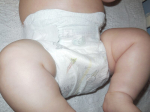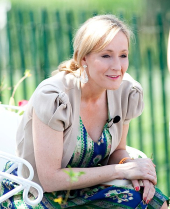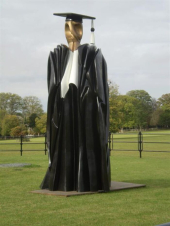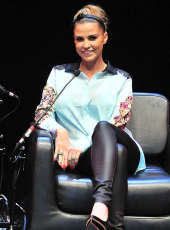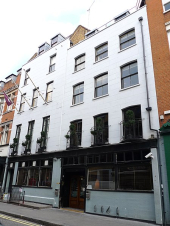
A one-ton rover as big as a Mini is due to land on Mars on Monday in one of the most daring space missions ever attempted.
The rover, Curiosity, is designed to search for clues about possible past life in a crater that might once have been filled with water.
The £1.59 billion six-wheeled machine is twice as long and five times as heavy as the twin rovers Spirit and Opportunity which landed on Mars in 2004.
Two British scientists are members of the team which will direct the rover and analyse the data it collects. Before they can do their work Curiosity must land safely on the Red Planet - a challenge that has tested the best brains at the American space agency Nasa.
Because Curiosity is so big and heavy, getting it onto the Martian surface has required a great deal of "thinking out of the box".
The solution is so bold it has been described as "crazy". After entering the Martian atmosphere at 13,200mph, the capsule containing Curiosity will be slowed by friction and then a supersonic parachute.
An "upper stage" resembling a flying bedstead will then be deployed, firing retro rockets to brake its descent. As it hovers over the landing site, the upper stage will transform itself into a "sky crane" and lower Curiosity to the surface on the end of a tether. It will then break away, and deliberately crash.
Statistically the odds do not look good. Two-thirds of all Mars missions have failed, including Britain's ill-fated Beagle 2, which was lost on Christmas Day 2003.
Dr John Bridges, from the University of Leicester Space Research Centre, one of the British scientists working on the Mars Science Laboratory mission, said: "I'm cautiously optimistic. Space exploration is not for the faint hearted. The previous rover landing used inflatable bouncing bags. Curiosity's just too heavy for that, so they developed the sky crane technique."
Curiosity's target is Gale Crater, near the Martian equator, where there are geological signs of past water. The plan is to land close to Mount Sharp, a 5.5-kilometre peak in the centre of the crater with clay deposits around its base. If all goes well the radio signal confirming that Curiosity has landed will arrive on Earth after a 14-minute journey through space at 06.31, UK time.
The Press Association, photo by le CNES















